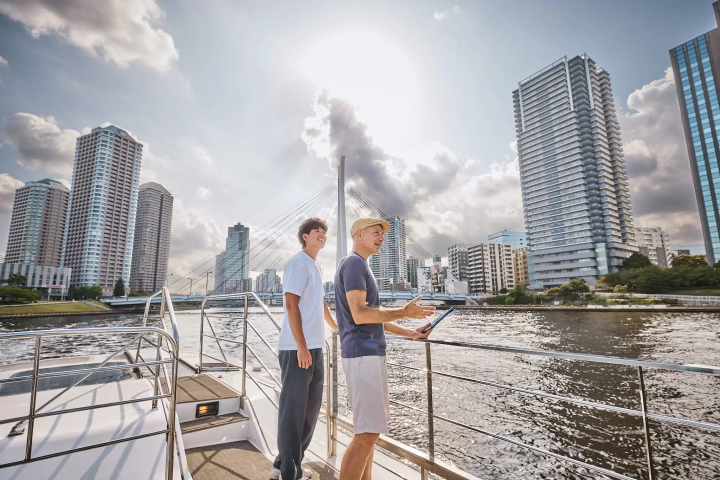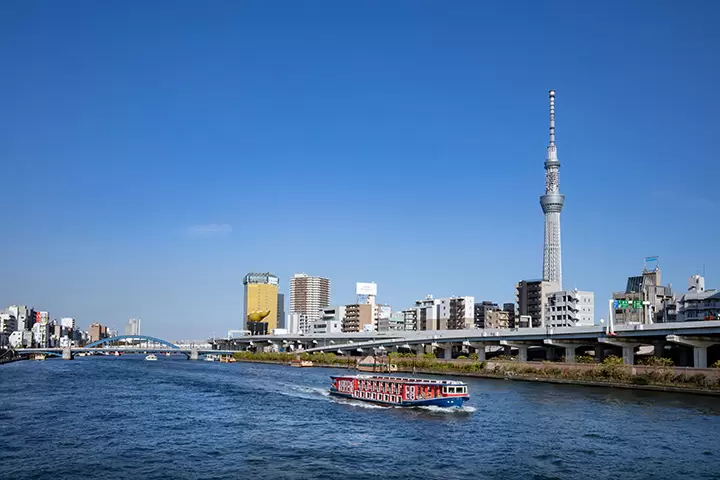Fukui: 13 Fun Things to Do, With Easy Access from Kanazawa

Fukui Prefecture has many highlights such as the scenic Tojinbo and delicious Echizen Crab. You can also visit Fukui from Kanazawa on a day trip. We introduce 13 things to do, places to visit, and local cuisine for first-time Fukui visitors.
Fukui: Splendid Scenery, Temples, and Great Food
Fukui Prefecture is located in Japan's Hokuriku Region. It faces the Sea of Japan and is a long and narrow prefecture stretching from north to south.
Explore Fukui with the convenient Hokuriku Arch Pass
Fukui's northern area borders Ishikawa, home to Kanazawa City, and is a place where the Hokuriku Region's strong culture has taken a foothold. In contrast to this, Fukui's southern area is situated close to Kyoto, and from ancient times it was influenced by the culture of the Kansai Region.
Moreover, this is an area where you can feel the distinct changes of the four seasons. So, in addition to the beautiful scenery of each season, Fukui is blessed with excellent seasonal food and ingredients. This includes sea urchin (uni) and mussels (kaki) in the summer, and crab and fugu fish in the winter.
Top 13 Things to Do in Fukui
- 1. Kumagawa-juku: Visit a Historic Post Town
- 2. Tojinbo: See the Powerful Sight of Sheer Cliffs
- 3. Glasses Museum: Learn About Fukui's Eyeglass-Making
- 4. Echizen Ono Castle: See the Castle in the Sky!
- 5. Eiheiji Temple: A Place To Cleanse Your Soul
- 6. Kehi Jingu Shrine: Receive Divine Strength From Spring Water!
- 7. Awara Onsen: Put on a Yukata and Enjoy the Hot Springs
- 8. Kanaz Forest of Creation: Marvel at an Art Spot Within a Forest
- 9. Fukui Prefectural Dinosaur Museum: Discover Fukui's Dinosaurs!
- 10. Ichijodani Asakura Ruins: A Restored Castle Town
- Must-Try Local Dishes: Superb Cuisine Essential to Fukui
- 11. Echizen Oroshi Soba: Sample Unique Fukui Noodles
- 12. Sauce Katsudon: Goes Perfectly With Rice!
- 13. Echizen Crab: The King of Winter Flavors
- Access to and around Fukui Prefecture
- Fukui's Four Seasons and Climate
- A One-Day Model Sightseeing Course
Fukui: Top 10 Destinations and Things to Do
Fukui is a multi-faceted region with many beautiful scenic spots and historical places! Since there are many fascinating places to visit, it might be a good idea to decide on your destination beforehand, then plan your route and accommodations.
If you'd like to visit multiple places, renting a car is more convenient than taking a train or bus.

1. Kumagawa-juku: Visit a Historic Post Town on Saba-Kaido-Road
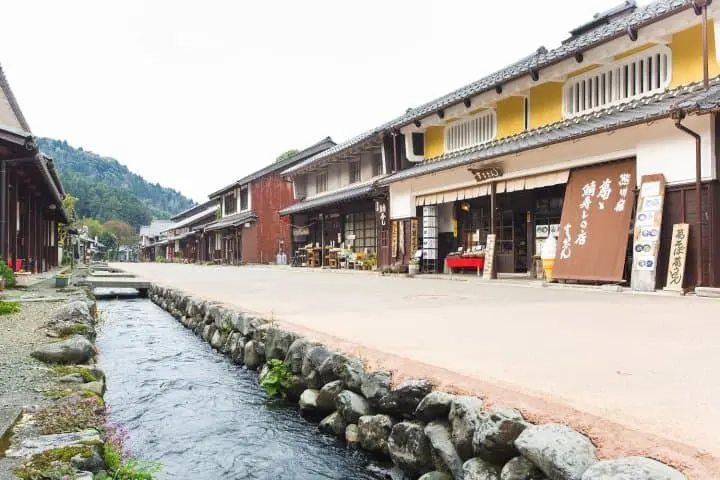
Picture courtesy of Fukui Prefectural Tourism Federation
Wakasa Bay stretches from Fukui to Kyoto and is the leading port in Fukui Prefecture. Since ancient times an abundance of fish and seafood has been unloaded here.
During the Edo Period (1603-1868), as various goods were being delivered to Kyoto from all regions of the country, it also served as an important base for shipping.
In particular, much of the saba (mackerel) caught at Wakasa Bay was then delivered to Kyoto. As a result, the route that joined Wakasa Bay with Kyoto came to be called Saba Kaido.
Many post towns were built along this road including Kumakawa-juku, an especially lively and bustling place sitting on the border that's shared with Shiga Prefecture.
Kumakawa-juku was also designated as a National Important Preservation District for Traditional Buildings. It's a one-kilometer street lined with many traditional buildings with their characteristic tiled roofs and lattice windows.
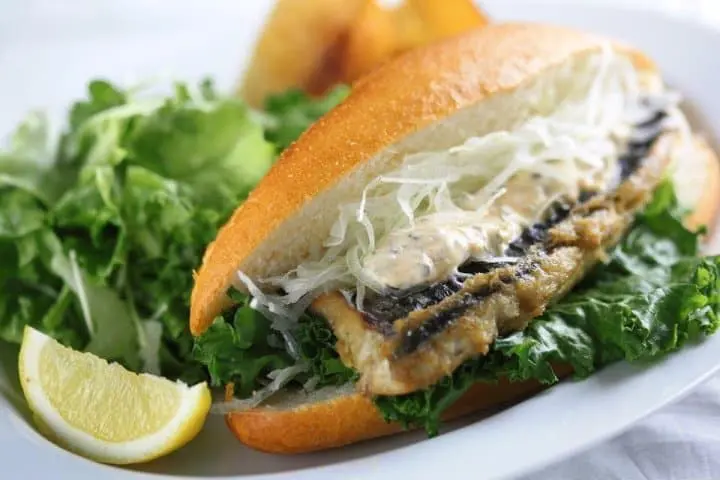
Picture courtesy of Saba Cafe
Mention Saba Kaido and there are many shops serving sushi and grilled dishes using saba (mackerel). But if you want to enjoy the atmosphere of a stylish cafe, we recommend the Saba Sandwich at Saba Cafe.
This entree consists of a saba filet combined with plenty of green onions, sandwiched between slices of homemade bread (with salad and fries, 1,450 yen after tax). It's accented with Kan Namba, a spicy sauce that uses locally grown Shishi Yuzu (citrus fruit).
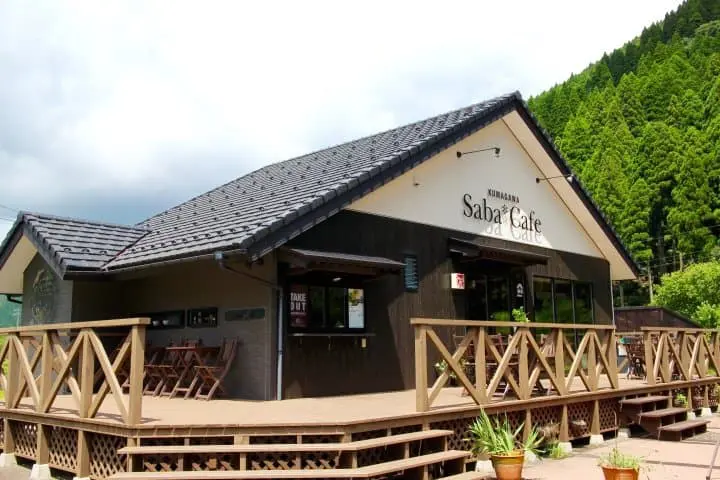
Picture courtesy of Saba Cafe
The shop also offers a spacious and comfortable open terrace.
To get to Kumakawa-juku take a city bus at the nearest station, Omi-Imazu Station. Travel time is about 30 minutes.
2. Tojinbo: See the Powerful Sight of Sheer Cliffs
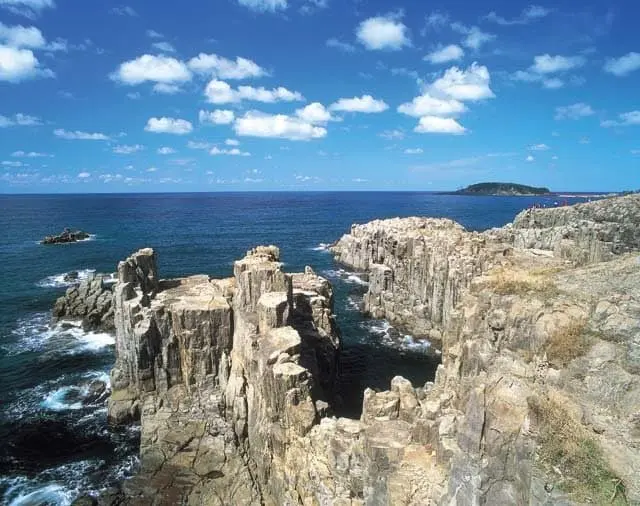
Picture courtesy of Fukui Prefectural Tourism Federation
Tojinbo is a series of sheer cliffs that face the ocean. It was formed some 12 million years ago by erupting volcanic rock. Tojinbo has also been designated as a National Natural Monument.
In order to preserve its outstanding view, there are no fences or handrails on site. Visitors can go right up the edge of the cliff, but it's dangerous so please exercise caution. We recommend wearing sneakers for proper footing when walking here.
We also suggest riding on a Tojinbo Sightseeing Boat to fully enjoy the aesthetic quality of these rock cliffs! Getting a close-up look at this powerful sight is a privilege reserved only for boat passengers. A 30-minute boat tour costs 1,500 yen for adults and 750 yen for children.
Hotels near Tojinbo sightseeing boat
3. Glasses Museum: Learn About Eyeglasses at This Fascinating Complex
It's been said that more than 90% of eyeglass frames made in Japan are from Fukui Prefecture. Sabae is home to many eyeglass companies and is known as an eyeglass-producing town.
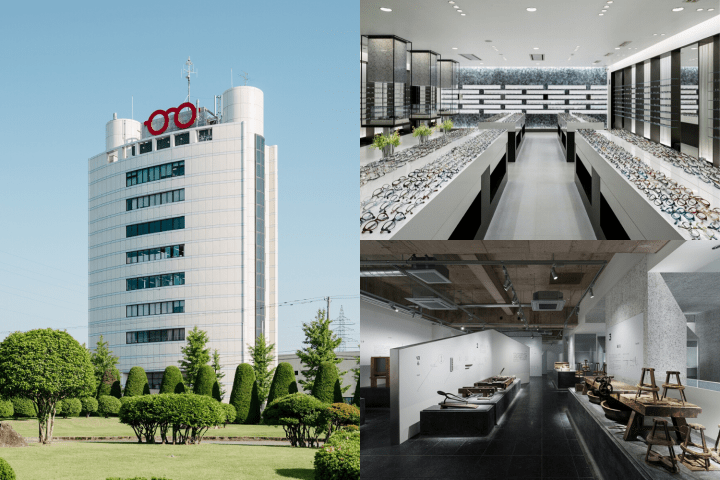
Picture courtesy of Glasses Museum
The Glasses Museum in Sabae is a commercial complex where visitors can have fun learning more about eyeglasses.
Through the various exhibits you'll learn about their history and how they're made, and there's even a shop where you can buy some glasses. The shop has about 3,000 different frames made by companies based in Fukui, so you'll definitely be able to find what you're looking for!
Also, in the studio space you can join a workshop and make your own personal eyeglass frames and straps. This looks like an enjoyable one-of-a-kind experience where you can make a souvenir just for you!
4. Echizen Ono Castle: See the Castle in the Sky!
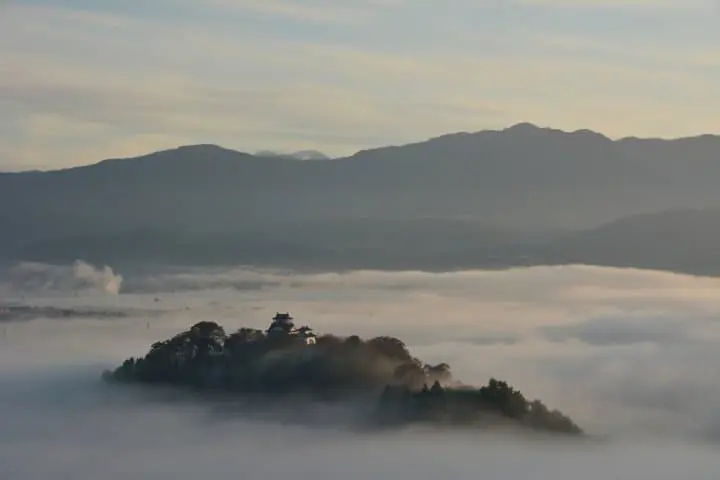
Picture courtesy of Fukui Prefectural Tourism Federation
Echizen Ono Castle rises majestically in the middle of the Ono Basin. Weather conditions permitting, the nearby area gets shrouded in a sea of clouds making this curious castle look like it's floating in the sky.
Mount Inuyama, west of the castle, is the perfect vantage point for taking photos of this natural phenomenon.
The sea of clouds most often appears between October and April, from daybreak until about 9:00 in the morning. Apparently, at this time of the year, many camera-toting visitors converge on this spot.
It's said that this spectacle most often occurs in November, and these odds increase if the previous day had high humidity and showed extreme differences in temperature. However, this sight only happens about ten times a year, so you're very lucky if you can see it!
Incidentally, Ono City, where the castle is located, has the look and feel of a historic castle town even today. At Shichiken Morning Market―in operation for more than 400 years―local farmers bring in their freshly picked produce and also processed goods.
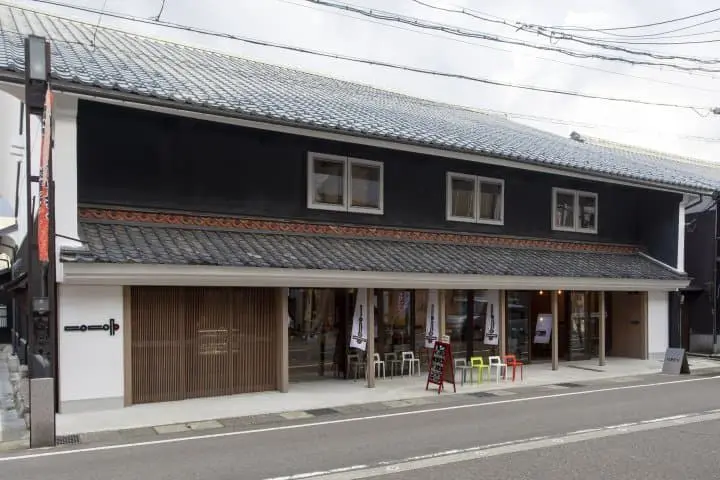
Picture courtesy of Fukui Prefectural Tourism Federation
Also, Ono City residents often buy paintings by yet-to-be-discovered artists in the community, reflecting a custom of supporting local artisans. This art culture has taken a foothold in the town. COCONO Artist Place hosts various exhibitions and events in order to pass this culture along to future generations.
Here visitors will find a gallery space inside a renovated traditional home (minka), as well as an adjoining cafe. So this makes the perfect drop-in spot during your sightseeing stroll.
5. Eiheiji Temple: A Place To Cleanse Your Soul
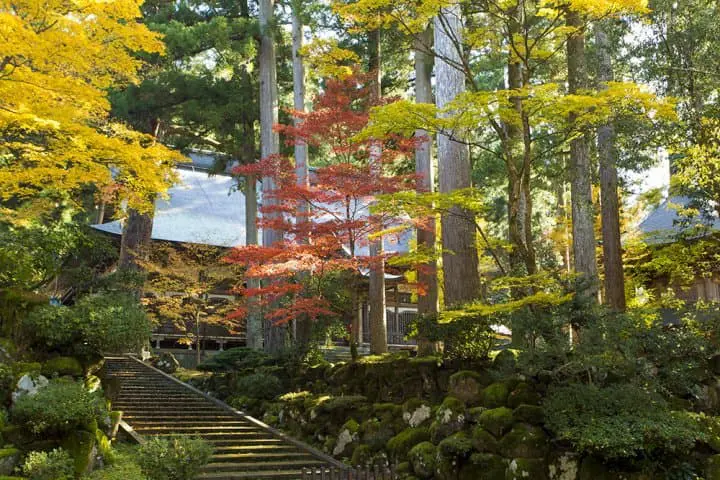
Picture courtesy of Daihonzan Eiheiji Temple
Eiheiji Temple was first built as a hall for Buddhist zazen training in the 13th century. Even today, Buddhist monks (called unsui) devote themselves to strict ascetic training on a daily basis.
Amidst the abundant natural surroundings of the temple grounds, impressive trees more than 700 years old spread their branches. The precincts are dotted with 70 buildings of various sizes including a building where the Buddhist deity of the temple is enshrined (butsuden), and a Zen lecture hall (hatto).
Many precious buildings are found here, and there are also areas where talking is strictly prohibited and entry is forbidden. So please be mindful of this during your visit.
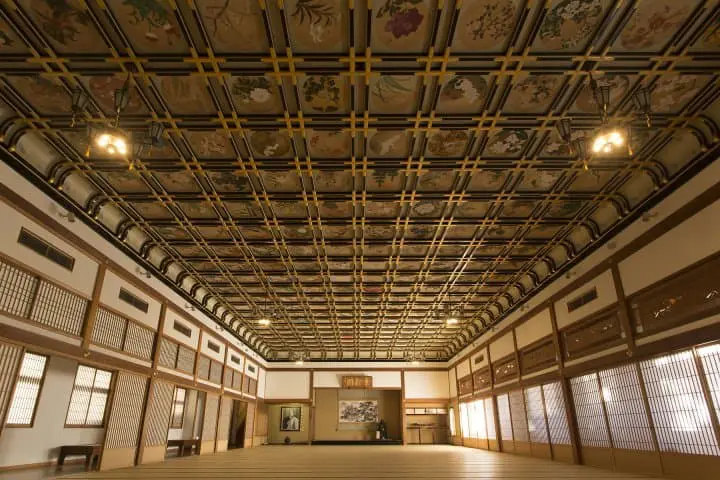
Picture courtesy of Daihonzan Eiheiji Temple
If you visit Eiheiji Temple, something we'd really like you to see is Sanshokaku, a ceiling mural with 230 separate paintings (see photo above). The flowers and birds of various colors were painted by 144 different artists. You'll soon forget about the time and be fascinated by the beauty of this artwork.
Among the ceiling paintings, there are also apparently five pictures depicting squirrels, lions, white lions, and carp fish. If you can find all five of these it's said that your wishes will come true, so let's try taking a closer look.
Hotels near Eiheiji Temple
6. Kehi Jingu Shrine: Receive Divine Strength From the Spring Water
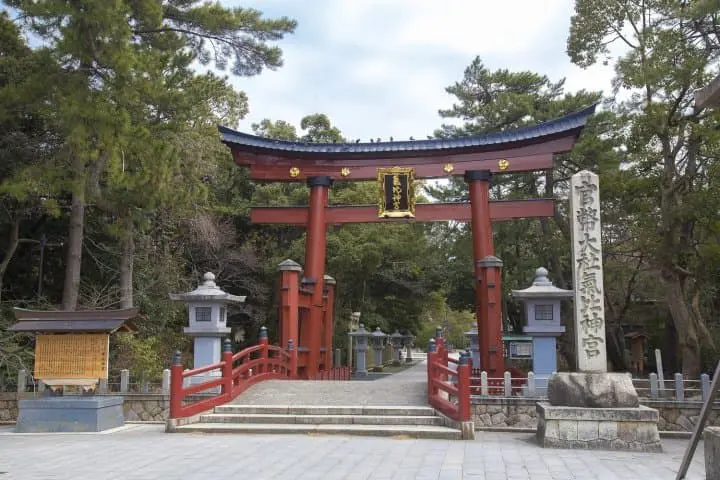
Picture courtesy of Fukui Prefectural Tourism Federation
Kehi Jingu Shrine is a shrine in Tsuruga City with a long history. It's loved by all the local residents who affectionately call it Kei-san.
When you pass through the torii gate and proceed along the shrine's approach, you'll see the spring water which is said to be the shrine's power spot.
The water―which suddenly spurted out when the shrine was being built in 702―is called Chomeisui. Legend has it that if one takes a sip of the water, they'll have good health in the coming year. This has attracted faith among shrine followers.

Picture courtesy of Fukui Prefectural Tourism Federation
The shrine is just 15 minutes on foot from the nearest station, JR Tsuruga Station. It's also not far from Tsuruga Bay where the famous pine forest Kehi no Matsubara lines the white sandy beach and soothes the souls of visitors with its charming seasonal beauty.
The nearby area has many noteworthy places including the Tsuruga Red Brick Warehouse where you can sample local cuisine and buy souvenirs, and Tsuruga Hakubutsukan-dori Road where you can see scenic townscapes.
Hotels near Kehi Jingu Shrine
7. Awara Onsen: Put on a Yukata and Enjoy the Hot Springs
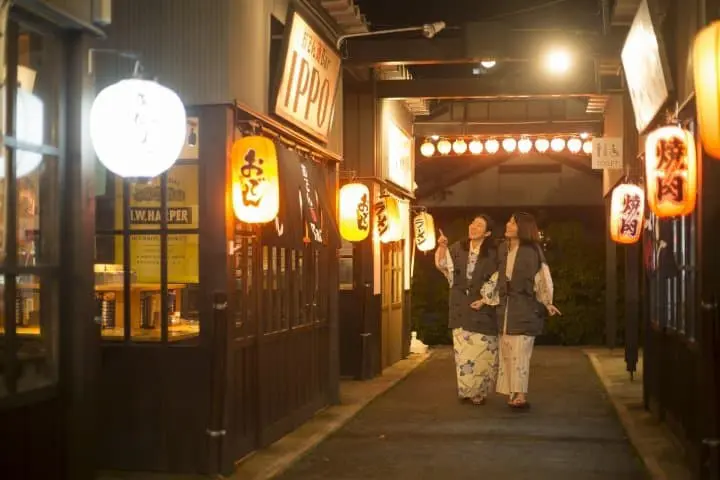
Picture courtesy of Fukui Prefectural Tourism Federation
At Fukui Prefecture's northernmost tip, there's a hot spring town called Awara Onsen with about 30 hot spring accommodations. The area has many hot spring sources, so depending on the accommodation facility, the chemical properties of the hot spring waters can differ.
After enjoying the onsen, how about putting on a yukata (summer-style kimono) and going for a stroll along Yukemuri Yokocho (Japanese)? This street is lined with nine Japanese izakayas lit by red lanterns. Here you can enjoy yakitori, oden, and other specialties together with sake in a relaxing, at-home-like atmosphere.
The nearest station to the hot spring town is Echizen Railway's Awara-Yunomachi Station. But you can also take a bus to the hot spring from JR Awara-Onsen Station.
8. Kanaz Forest of Creation: Marvel at This Art Spot Within a Forest!
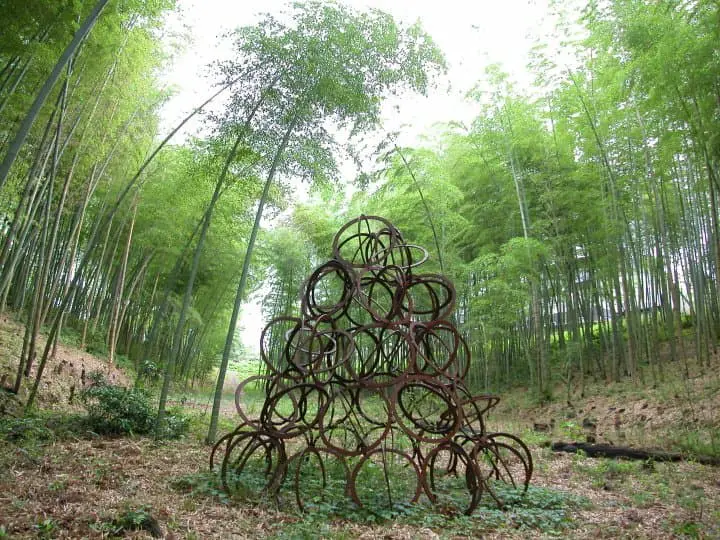
Artist: Noe Aoki, Artwork: Tamahagane-Ⅲ, Photo: Tadasu Yamamoto
The Kanaz Forest of Creation is also near Awara Onsen. This is an art spot that was built inside a large 20-hectare forest.
Starting with an art museum called Art Core, this site is filled with many interesting attractions. This includes a studio creation space where visitors can have a hands-on experience making pottery and batik, which is a traditional type of dyeing process using wax, and also bamboo work. There's also a display space featuring artwork by creators.
If you take a stroll along the forest path you'll encounter several outdoor works of art that are nestled among the natural surroundings. So how about spending some fabulous time in nature stimulating your sensibilities?
To get to the Kanaz Forest of Creation it takes about 10 minutes by taxi from JR Awara-Onsen Station (nearest station). If coming by rental car, it takes five minutes after you exit the Kanaz Interchange.

9. Fukui Prefectural Dinosaur Museum: Enjoy the World of Dinosaurs to the Fullest!
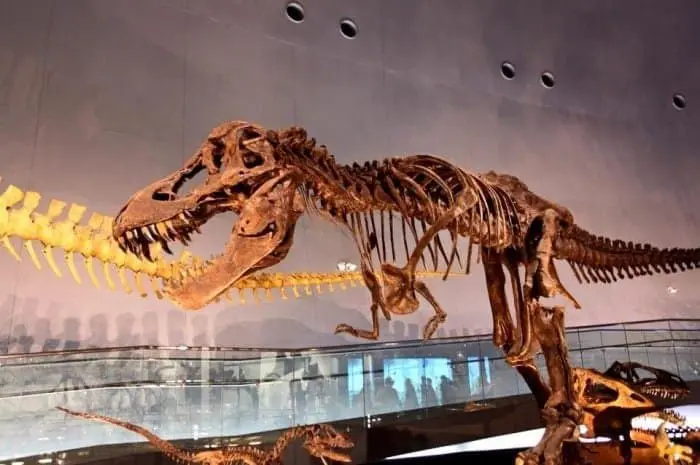
The Fukui Prefectural Dinosaur Museum has its official reopening on July 14, 2023.
In addition to a display of 44 full-size dinosaur skeletons, there's a space where you can touch a real Tyrannosaurus fossil, and at Field Station where actual dinosaur fossils have been discovered, you can have a hands-on excavation experience. Look, listen, touch―this is a unique spot where you can enjoy the world of dinosaurs to the fullest!
Large numbers of fossils have been discovered in Fukui Prefecture. Many of these have been given names that include the word "Fukui" such as Fukuisaurus and Fukui Raptor.
There's a bus that leaves Katsuyama Station (nearest station) and goes to the museum (admission: adults 300 yen, children 200 yen).
Read also
10. Ichijodani Asakura Ruins: A Restored Castle Town From the Sengoku Period
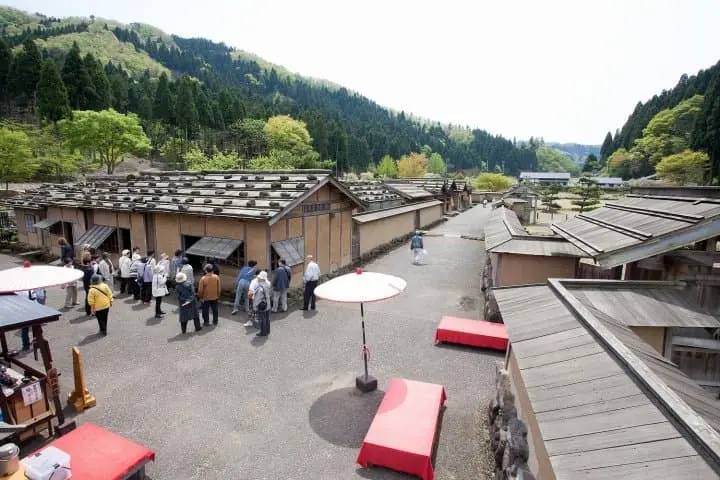
Picture courtesy of Fukui Prefectural Tourism Federation
The period from the 15th century until the 16th century was a time of upheaval in which influential figures throughout Japan were in conflict and turmoil; this age is known as the Sengoku Period, or the Warring States Period.
Ichijodani Asakura Ruins is where the Asakura clan―the daimyo family who ruled this area during the Sengoku Period―had their castle and where the castle town was located. It's been said that it was once a lively town inhabited by 10,000 people.
For more than 400 years, this site was covered by soil. But at the present time, almost the entire site has been unearthed, and the samurai residences and traditional homes where the common people lived, have been restored.
At the remains of the mansion belonging to Asakura Yoshikage, Ichijodani's lord, you'll also find the Karamon Gate. This gate stands proudly just like it used to many years ago. During the spring, cherry trees near the gate show off their strikingly beautiful appearance.
In August during an annual festival called the Echizen Sengoku Festival, there's a live demonstration of a matchlock gun (hinawaju). When evening arrives during the festival, an event known as Echizen Asakura Mantoya (Japanese) is held. Some 10,500 candles are lit creating a romantic and memorable mood.
From Fukui Station it takes about 20 minutes to get to the ruins by Keifuku Bus (Ichijodani Asakura Limited Express). The bus stops at Fukugen-machinami bus stop right near the center of the ruins site.
Superb Cuisine Essential to Fukui
Fukui Prefecture faces the Sea of Japan and is a treasure trove of tasty seafood including saba (mackerel) and crab. There are also a variety of famous local specialties including Echizen Oroshi Soba and Sauce Katsudon!
Next we introduce cuisine that we'd like you to try when visiting Fukui Prefecture.
11. Echizen Oroshi Soba: Sample Unique Fukui Noodles
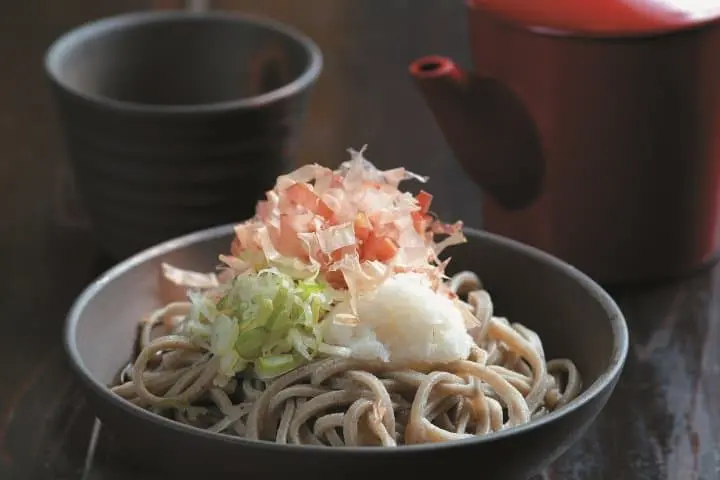
Picture courtesy of Fukui Prefectural Tourism Federation
In all regions of Japan, there are various ways of eating soba (buckwheat noodles). Fukui, also known as a soba-producing region blessed with fresh, tasty water, is an area with high-quality soba.
Echizen Soba consists of cold and chewy buckwheat noodles topped with grated daikon radish (daikon oroshi) and bonito fish flakes (katsuobushi). The grated daikon can also be served as part of the soba dipping sauce. The spiciness of the daikon and the fragrance of the bonito flakes are a good match for the soba, making this an appetizing dish.
Amida Soba Fukunoi (Japanese) is a popular soba shop located in front of Fukui Station and serves up noodles made from 100% buckwheat flour.
The most popular menu item is Oroshi Soba Zanmai (1,700 yen after tax). This can be enjoyed with a choice of two different dipping sauces: one containing grated daikon and another containing wasabi and grated yam (tororo).
12. Sauce Katsudon: Goes Perfectly With Rice!
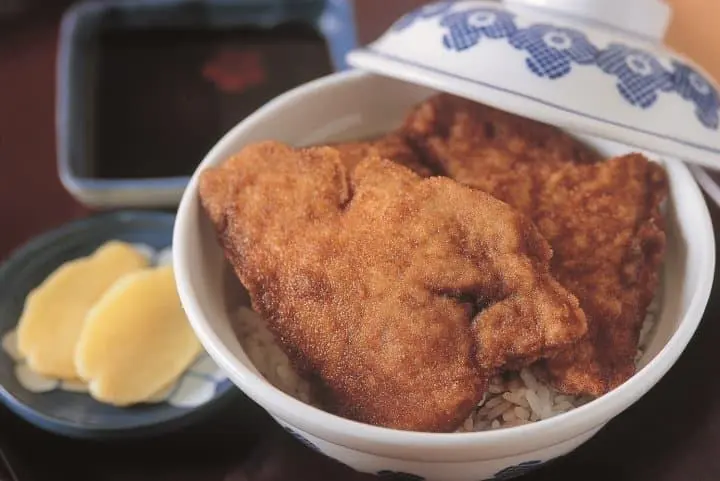
Picture courtesy of Fukui Prefectural Tourism Federation
Mention Japanese Katsudon (pork cutlet rice bowl) and you usually think of a deep-fried pork cutlet topped with a beaten egg mixture. But with Fukui's Sauce Katsudon, the pork cutlet is placed on a bed of rice and covered with a sauce. Each shop has its own unique sauce and its own special way of arranging the dish's presentation.
The origin of this Sauce Katsudon is said to be Europe-ken Main Location (Japanese), a long-established western-style eatery near Fukui Station.
This shop's Sauce Katsudon (1,130 yen after tax) is a fully satisfying dish consisting of three―yes three!―pork cutlets placed over rice. They use thinly sliced pork and when the cutlet is dipped in the special sauce it goes perfectly with the rice!
13. Echizen Crab: The King of Winter Flavors!
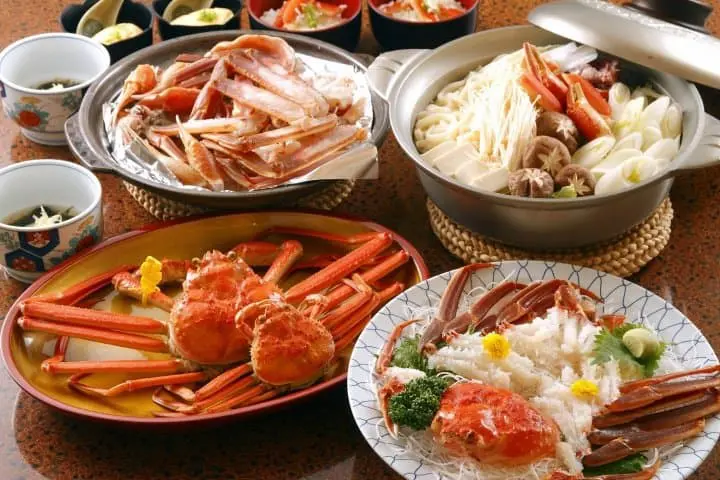
Picture courtesy of Fukui Prefectural Tourism Federation
In Japan, the male species of the Snow Crab (Zuwaigani) serves as the name of the brand depending on where it was caught. Snow Crab caught in Fukui are called Echizen Crab.
Incidentally, the female species are known as Seiko Crab.
Every year the fishing season officially opens on November 6. Echizen Crab can be caught up until March 20 of the following year, and Seiko Crab up until December 31.
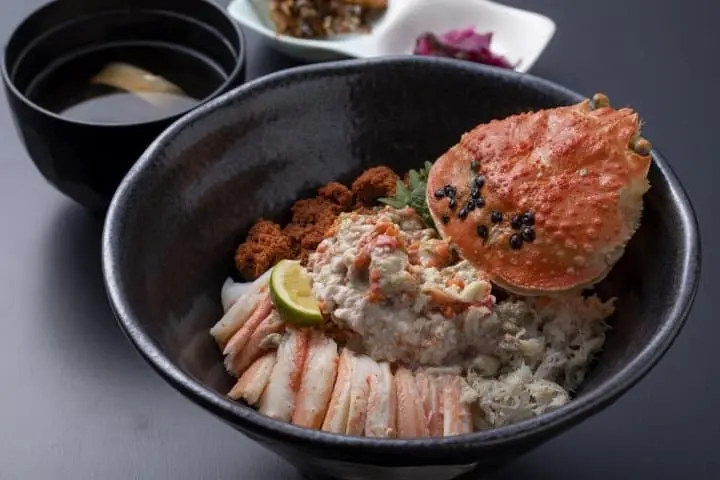
Picture courtesy of Fukui Prefectural Tourism Federation
The Echizen Crab's fresh firm meat is packed with flavor and can be boiled or grilled and then eaten in a number of different ways. Seiko Crab is characterized by its thick and rich kani miso (a miso-like paste found near the crab innards) and also by the distinct "popping" texture of the crab eggs.
The Seiko Donburi (a crab rice bowl) is the perfect way to enjoy the outstanding flavor of Seiko Crab.
At Yamani Fisheries (Japanese), not far from Tojinbo, you can buy Echizen Crab and other fresh seafood.
It's also possible to have a meal here. They have a course menu called Sangoku Minato Echizen Crab Zukushi in which you can sample Echizen Crab prepared in a variety of different ways!
Access to Fukui Prefecture
JR Fukui Station is convenient as a sightseeing base. Trains and buses coming from all directions connect to this station.
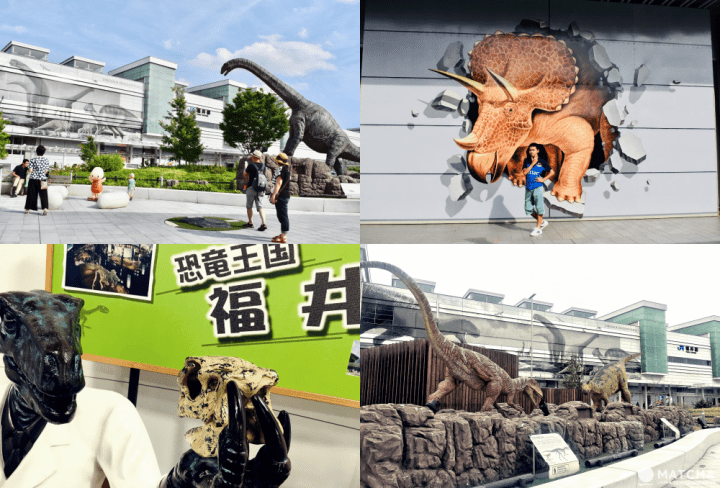
In Fukui Prefecture, many dinosaur fossils have been excavated. The square in front of Fukui Station promotes this fact. You'll see displays of a life-sized dinosaur monument that moves, a replica of giant dinosaur footprints, and even trick art with dinosaur motifs.
At night the area is lit up creating a powerful and imposing scene! This unique spot will no doubt have visitors taking many photos.
From Kanazawa

Higashi Chaya-gai District in Kanazawa. Photo by Pixta
As part of your Hokuriku travel tour―in addition to Fukui―you'll also want to visit Ishikawa Prefecture's Kanazawa.
If you hop on the JR Limited Express Thunderbird-Shirasagi, you'll be able to get to Kanazawa Station directly from Fukui Station without any transfers. The travel time is about 50 minutes and one-way reserved seating costs 3,070 yen.
The same route can be covered by car in one hour, so we also recommend renting a car. MATCHA is currently offering a 10% off coupon for international visitors to be used with NIPPON Rent-a-Car. So please take advantage of this great bargain
Click here to get a 10% off coupon for NIPPON Rent-A-Car (English)!
From Tokyo
At the present time, there are no Shinkansen bullet trains traveling directly to Fukui from Tokyo Station. For that reason, getting to Fukui Station requires you to take the JR Hokuriku Shinkansen to Kanazawa, then transfer to a limited express train (the total one-way fare is about 16,000 yen).
Visitors can also take the JR Tokaido-Sanyo Shinkansen to Maibara Station, then transfer to a limited express train to get to Fukui Station (the total one-way fare is about 14,000 yen). The one-way travel time for both options is from three hours 30 minutes to four hours, so it's a good idea to choose the fare and transit point that suit your needs.
Incidentally, in the spring of 2024, the JR Hokuriku Shinkansen route will be extended as far as Fukui Station and Tsuruga Station. When this takes effect, travelers will be able to get directly to Fukui from Tokyo!
On the other hand, for people who prioritize cost savings, we recommend taking a bus.
The Tokyo-Fukui route takes about seven to eight hours by bus and the fare ranges from 3,000 yen to 10,000 yen and up. For example, the least expensive weekday bus fare on WILLER TRAVEL in May of 2023 is only 3,800 yen.
Many of these overnight buses depart Tokyo sometime between 21:00 and 23:00 and arrive in Fukui the next morning between 7:00 and 8:00. So this saves passengers the cost of one night's accommodation.
Though buses aren't as comfortable as the shinkansen, in recent years increasing numbers of buses have added special features such as toilets, reclining seats, electrical plugins and free Wi-Fi.
Buses headed directly for Fukui depart from several locations including JR Tokyo Station's Yaesu Exit and Bus Terminal Shinjuku at JR Shinjuku Station's South Exit. Upon arriving in Fukui, most buses stop at the East Exit of Fukui Station.
Make a reservation for the highway bus: WILLER TRAVEL
From Osaka and Nagoya
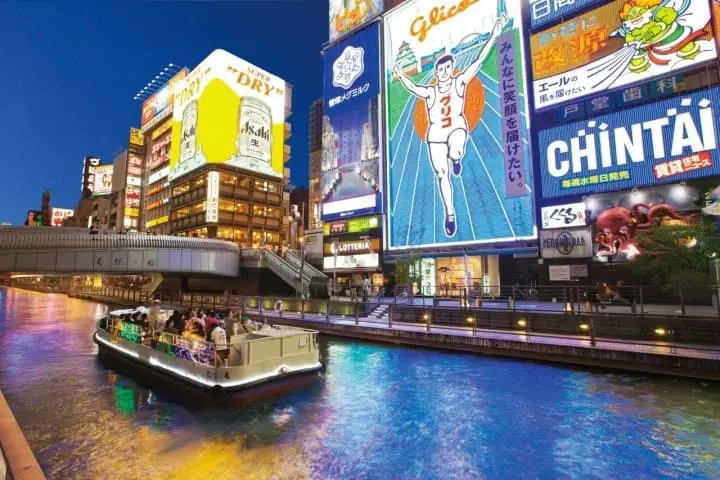
Picture courtesy of Osaka Government Tourism Bureau/JNTO
When going to Fukui from Osaka, visitors can take JR Limited Express Thunderbird from either Osaka Station or Shin Osaka Station. This trip takes about two hours and one-way reserved seating costs 5,940 yen. This train also stops along the way at Sabae Station and Tsuruga Station―areas with plenty of sightseeing spots.
When leaving from Nagoya you can board the JR Tokaido-Sanyo Shinkansen and then transfer to a limited express train at Maibara Station. The total one-way travel time to Fukui is about one hour 40 minutes and costs about 6,000 yen.
Hokuriku Arch Pass
For international visitors visiting Fukui and other places in the Hokuriku Region from Tokyo and Osaka, we also recommend the Hokuriku Arch Pass. This rail pass is jointly offered by JR-East and JR-West.
This pass allows travelers to go from Tokyo to the Kansai Region using places like Fukui or Kanazawa in Hokuriku as a transit point, and the reverse route is also possible.
This pass grants unlimited riding privileges for seven consecutive days for regular reserved seating and unreserved seating on the region's Hokuriku Shinkansen (Tokyo-Kanazawa route), and also on JR-East and JR-West Limited Express, Express, and local (including new rapid and rapid service) trains.
In addition, the pass can also be conveniently used on other lines such as the Tokyo Monorail and the Noto Railway (Nanao-Wakura Onsen route). Passes can be purchased online or at ticket counters throughout Japan. However, it can also be purchased overseas at designated JR ticket counters for a savings of 1,000 yen.
| Hokuriku Arch Pass (For International Visitors) | |
| Overseas: Fare / Ticket Locations |
●Fare 7 Consecutive Days 24,500 yen ●To purchase a ticket |
| Domestic: Fare / Ticket Locations |
●Fare 7 Consecutive Days 25,500 yen ●To purchase a ticket |
| Important Note: | Not for use on the Tokaido-Sanyo Shinkansen |
| Official Homepage (English) | Click here for the Hokuriku Arch Pass |
With Klook, booking is easy!
Book the Hokuriku Arch Pass
Read also
The Four Seasons and Weather in Fukui
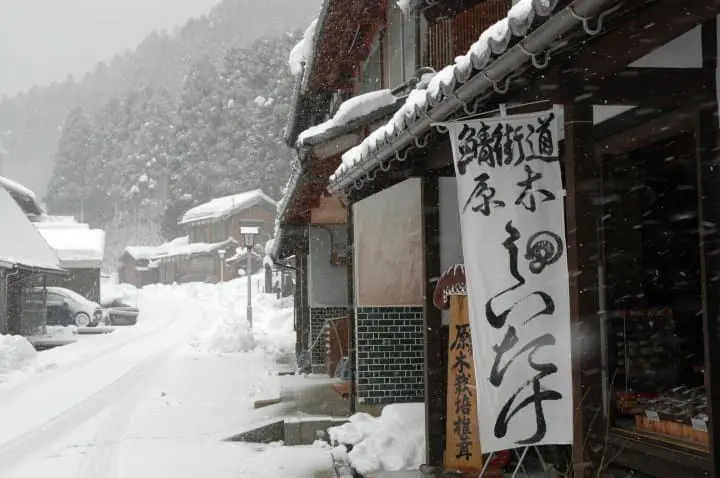
Photo by Pixta
Fukui Prefecture has four distinct seasons. In the summertime, the temperatures can exceed 30°C but they can drop as low as 0°C in the winter.
In particular, the Hokuriku Region gets a lot of snow so if you're planning to visit during the winter, be sure to come fully prepared with shoes or boots that are suitable for easy walking in the snow and a down jacket for braving the elements.
Also, each season has its own highlights, so regardless of when you visit, there's bound to be something to look forward to.
For example, in the spring there are several famous cherry blossom viewing spots such as the Asuwagawa River Cherry Blossoms (Japanese) which extend for about two kilometers, and Kuzuryuko (Japanese) which boasts 3,000 cherry trees in full bloom.
In the summertime, the beaches at Tojinbo and Kehi no Matsubara and other spots near the ocean are very popular. During the month of August, each region of the country puts on fireworks displays so how about adding this event to your travel itinerary?
Eiheiji Temple and the Ichijodani Asakura Ruins, both introduced in today's article, are also known for being superb autumn foliage spots, and in the winter they offer stunning snowscapes.
A One-Day Sightseeing Itinerary in Fukui
Next, we introduce two separate model courses that will allow you to see all the highlights in Fukui Prefecture in an efficient and fun manner!
A Day-Trip Course From Kanazawa
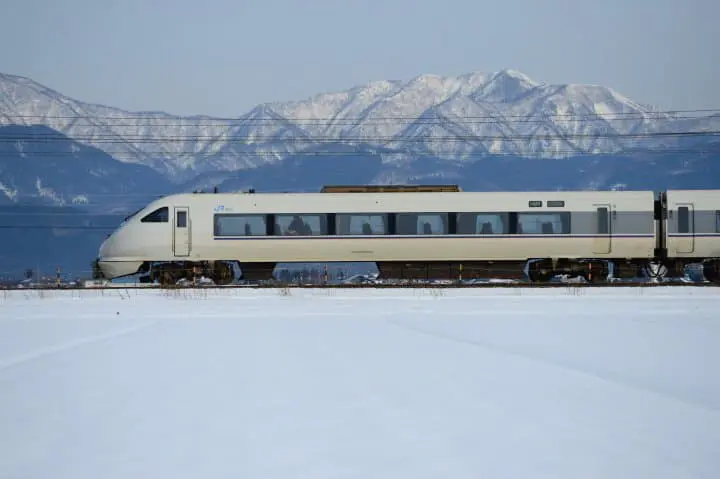
Photo by Pixta
Ishikawa Prefecture (Kanazawa) and Fukui Prefecture are situated next to each other. It's only one hour by JR limited express train to Fukui Station from Kanazawa Station! Now we'll introduce a Kanazawa travel plan that allows you to pop over to Fukui on the last day of your trip.
Our suggestion is a travel plan that lets you enjoy a day trip to Awara Hot Springs. Just get off the train at Awara-Onsen Station, one stop before Fukui Station. Afterward, how about stopping in at easily accessible Tojinbo or the Kanaz Forest of Creation? On this enjoyable one-day trip you can refresh both body and soul.
If you're not rushed for time, it's a good idea to also visit Eiheiji Temple or Ichijodani Asakura Ruins, both of which are just one hour away by train from Awara-Onsen Station.
An Enjoyable Two-Day Itinerary in Fukui
If you have plans to stay one night in Fukui, we recommend traveling through the prefecture from one end to the other.
On Day One, you can visit Tojinbo (Japanese) and Eiheiji Temple , both north of Fukui Station.
Then on Day Two you can go south and see Kehi Jingu Shrine (Japanese) and Kumagawa-juku .
You could also spend time going to see the Echizen Ono Castle and its sea of clouds, and join Echizen Asakura Mantoya (Japanese), the night event held at Ichijodani Asakura Ruins.
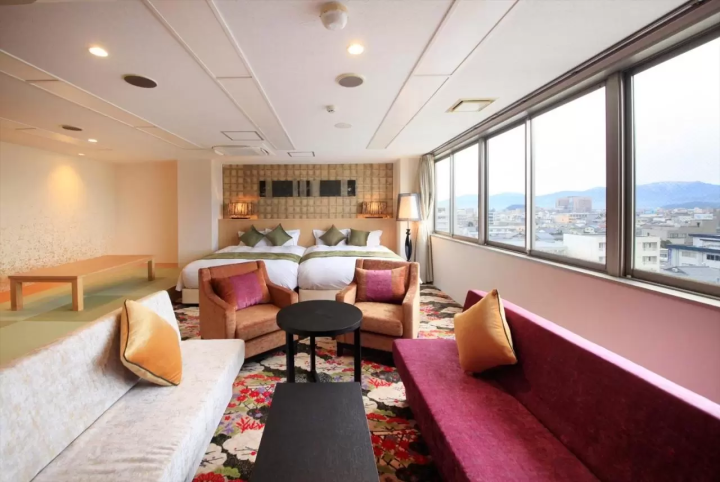
Picture courtesy of Booking.com
For hotels, we suggest accommodation in the Fukui Station area―the halfway point during this travel plan.
If you're traveling with family or as part of a large group, the spacious rooms at the Centurion Hotel Villa Suite Fukui Station are ideal! It's conveniently located just three minutes on foot from the station.
Book a room at Centurion Hotel Villa Suite Fukui Station on Booking.com!
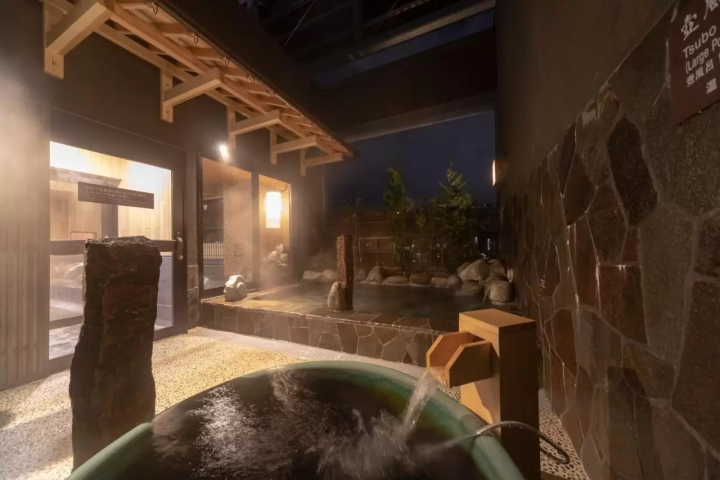
Picture courtesy of Booking.com
For reasonably priced accommodation we recommend Dormy Inn Premium Fukui Natural Hot Spring, which is just a seven-minute walk from the station. You'll be happy to hear that they have a full selection of services including a hot spring bath and complimentary Yonaki Soba!
Book a room at Dormy Inn Premium Fukui Natural Hot Spring on Booking.com!
Make Plans To Visit Fukui and See All Its Highlights!
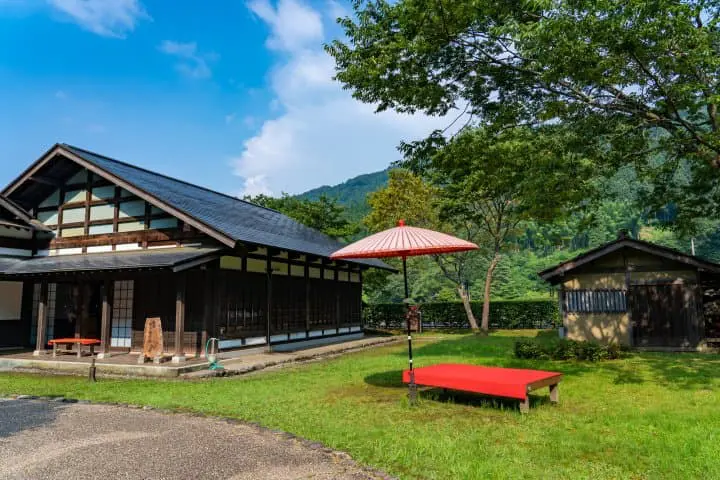
Ichijodani Asakura Ruins. Photo by Pixta
Fukui has many impressive attractions including the large-scale Ichijodani Asakura Ruins and the highlight-filled Fukui Prefectural Dinosaur Museum. There are also many spots where you'll want to take a bit more time getting a close-up look, so please refer to this article for access information from the nearest station.
On your next visit to Japan, please include Fukui Prefecture in your travel plans. There's bound to be something fun and interesting for everyone!
Click here to purchase the Hokuriku Arch Pass
Read also
Main picture courtesy of Fukui Prefectural Tourism Federation
This article is a 2023 revised edition of an article that was originally published in April of 2020.
This is the official account of MATCHA's editorial department. Our articles feature useful travel information for visitors to Japan, from how-to guides to recommended places to visit.




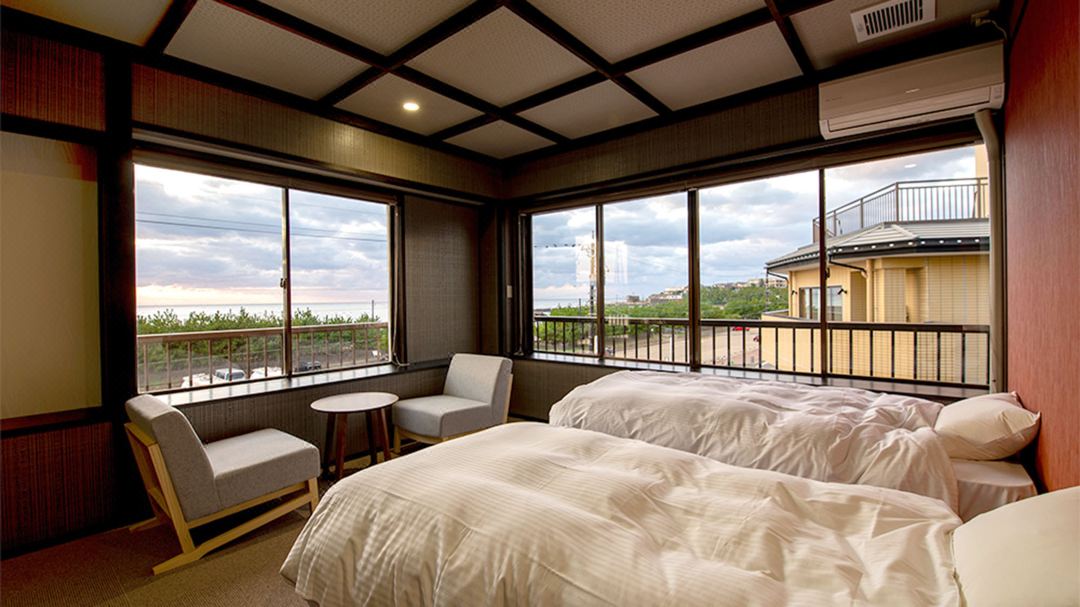





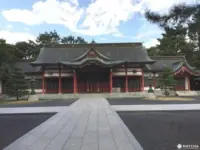

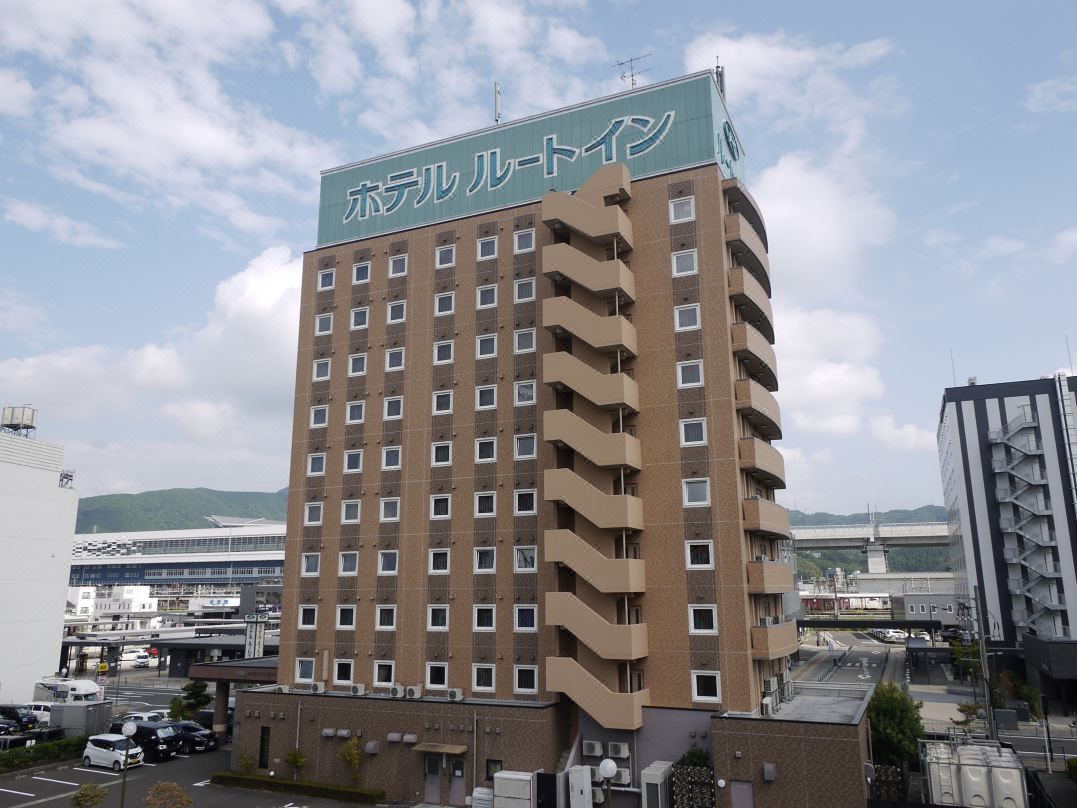
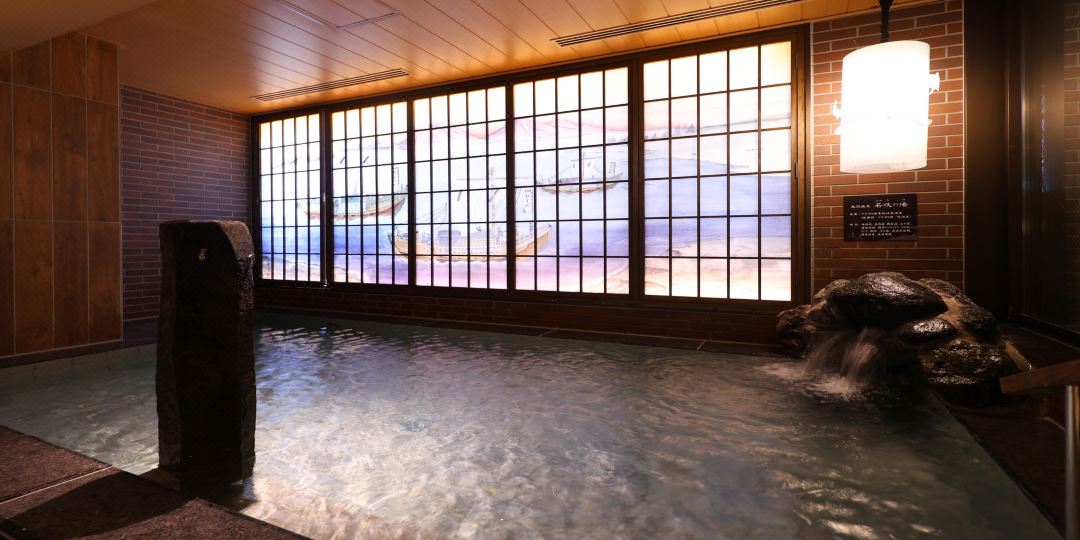














![[2025 Edition] A thorough guide to getting to the Echizen Great Buddha(Echizen Daibutsu)](https://resources.matcha-jp.com/resize/720x2000/2023/05/10-137958.webp)
























